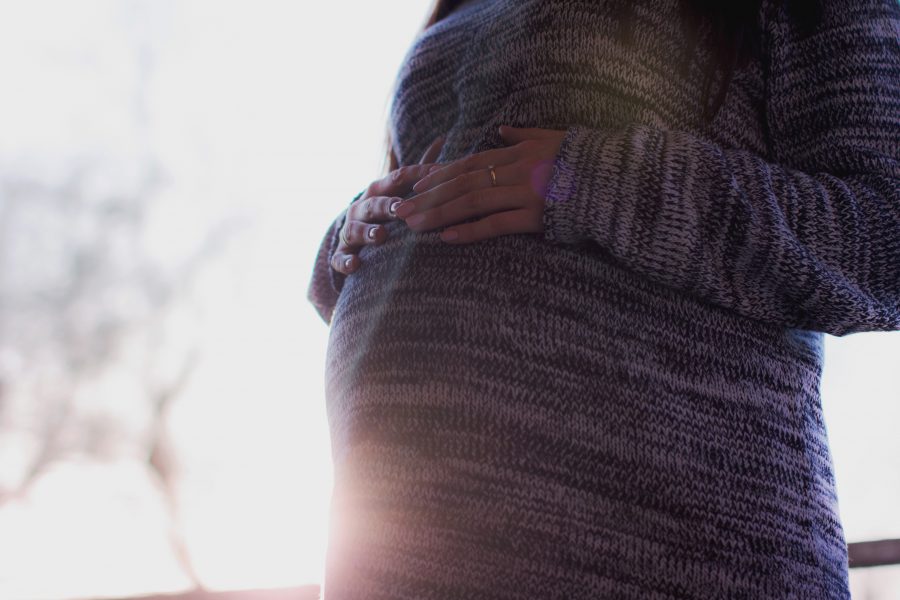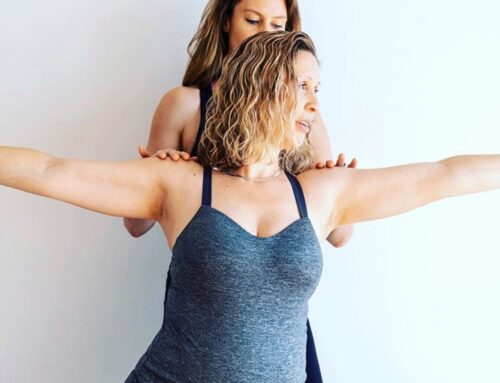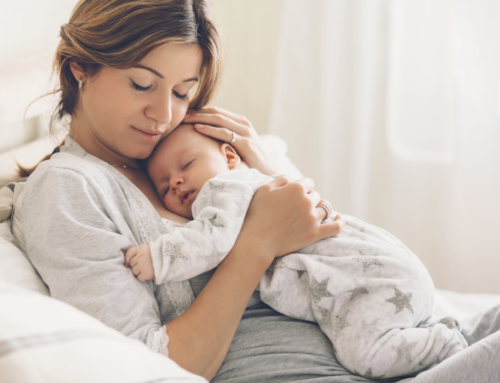This case study on Pelvic Instability during pregnancy needs to start at the birth of my gorgeous boy, Junah, who unfortunately became posterior during the labour and remained that way as we laboured together for well… lets say for over 35 hours. Thankfully years of Yoga and some incredible Birth Support people I managed to push him out naturally without pain relief for a natural birth that I truly wanted. He came out healthy and well and ready to attach and take part in the world.
Unfortunately when I went to get up after the birth I couldn’t walk, my pubic synthesis had pulled apart. It may have been from his positioning or the fact that I ended up on my back in stirrups so that a crowd of concerned medicos could be ready for his late arrival, which would have left my pelvis unsupported and prone to movement.
Whatever the reason, I had a healthy baby but was left unable to walk, turn over in bed and in significant pain for the first months of his life. I trundled along on a borrowed Zimmer frame and prepared to repair, while trying to work out how to be a mother. So after 2 long years of personal trainers, Yoga, Acupuncture, Bowen and Osteopathy I walked away feeling finally recovered.
So when I became pregnant with my second bundle of joy and I found that less than 20 weeks into my pregnancy I started to get pelvic pain reminiscent of my pubic synthesis pain, my heart sank. And it was becoming very painful, very quickly. A check up with the Physiotherapy at my Maternity Hospital confirmed Pelvic Instability, probably made worse by a pubic synthesis that was not completely healed from the last injury. It felt like I was heading towards crutches quickly.
Pelvic Instability is a term used to describe a group of conditions causing pelvic girdle pain. Symptoms can range from lower back pain, to groin and sacral pain and can vary in severity, 25% of women can experience serious pelvis pain and 8% are severely disabled according to a recent study There are some practical points you can follow to help with Pelvic Instability (see below), that I started straight away, but I also started my own programme. My own programme included: The Bowen Therapy was my most consistent treatment and after the first treatment I stood and walked away with decreased pain and more stability. It was bliss, but I was still sore. In the second treatment she was able to do some deeper work and she managed to adjust my sacrum. This treatment was stronger and the next day I was in pain but I didn’t realise until the 4th day that the pain was not structural but muscular and in a different spot. 5 days after the treatment, as the Bowen Therapist suggested I felt my best – strong and pretty much pain free! However the third treatment was the most responsive, again the treatment was stronger but my body was handling it. I stood up straight after the treatment pain free! The weakness and instability I had been feeling just didn’t seem to be there, a condition I had been told was only going to get worse, was actually getting better. I followed this third treatment with a Cranial-Sacral Osteopathic treatment, which again left me a little sore, but a week later I was walking, feeling clearer in my head and softer in my body. The Acupuncture treatments were less consistent though, just through my own availability and having a busy 3 year old. I tended to use them to help my nausea, dizziness tiredness and mood swings rather than asking her to directly treat my hips; as these symptoms were significant too. My personal morning practice increased to include exercises the Pilates instructor gave me, including adductor strengthening. I added a Kundalini Yoga meditation to help me find balance and work on my mental and emotional health. Some mornings I was too sore and tired to do the full routine and I noticed if I missed it more than 2-3 days in a row, my pelvic floor would feel significantly weaker and I’d have incontinence problems when I sneezed. A problem I hadn’t experienced since early after my first birth. It was as if the muscles would stop working. My 3 year old and husband were crucial to these hour long sessions and Junah learnt to sit patiently and play as I went through my routine, with occasional stops to get a piece of vegemite toast for him along the way. The individual Pilates sessions were incredible, my instructors’ focus to detail about how my body was actually moving was eye opening. She would take me through an exercise for 5 to 10 repetitions and then stop, but my body memory responded and I found that within the first week I was walking differently, moving differently and feeling differently within my body. Each week, with her tiny adjustments and instructions my body was learning to move and strengthening in a way that was therapeutic and more conducive to health. At 30 weeks into my pregnancy I feel confident to say that my Pelvic Instability is not such a problem. With experienced guidance and some skilful practitioners my body has healed and I have regained health. This process has not been easy at times and I have shed tears of frustration and fear at my own limitations but slowly I have learnt and listened to my body and again I have found a profound ability in my body to heal and repair. Although I still feel pain at times and I am still following all the advice and keeping up my daily practice, I am 90% pain free unless I lift something or “someone” heavy. I feel a vulnerability in my Pubic synthesis area but I am confident that my pelvis is stable and my pelvic floor is strong to take me into the last trimester. Pip Atherstone-Reid Owner & Founder of Kundalini House Acupuncturist 9482 4325 If you are experiencing Pelvic pain during pregnancy, see your specialised Practitioner or Therapist before starting any programme. Modalities: Pilates [1] Wu WH, Meijer OG, Uegaki K, et al. Pregnancy related pelvic girdle pain (PPP), I:Terminology, clinical presentation, and prevalence. Eur Spine J 2004;13:575–89. [2] After treatment, pelvic pain was reduced significantly in the group who had stabilising exercises compared with controls (median difference 9 points (P = 0.0312) for pain in the morning; 13 points (P = 0.0245) in the evening), but the reduction in pain was even greater for those who had acupuncture (12 in the morning and 27 in the evening, both P < 0.001). Elden H, Ladfors L, Olsen MF, Ostgaard HC, Hagberg H. Effects of acupuncture and stabilising exercises as adjunct to standard treatment in pregnant women with pelvic girdle pain: randomised single blind controlled trial. BMJ 2005;330: 761.






Leave A Comment